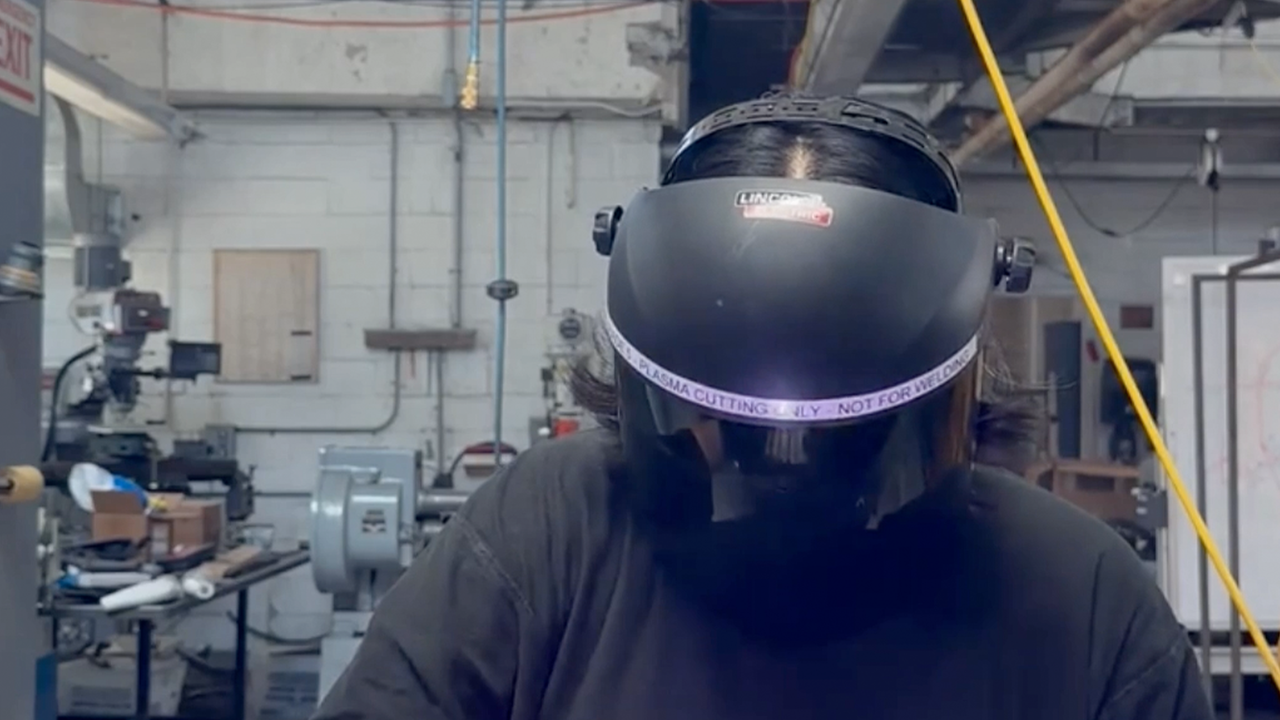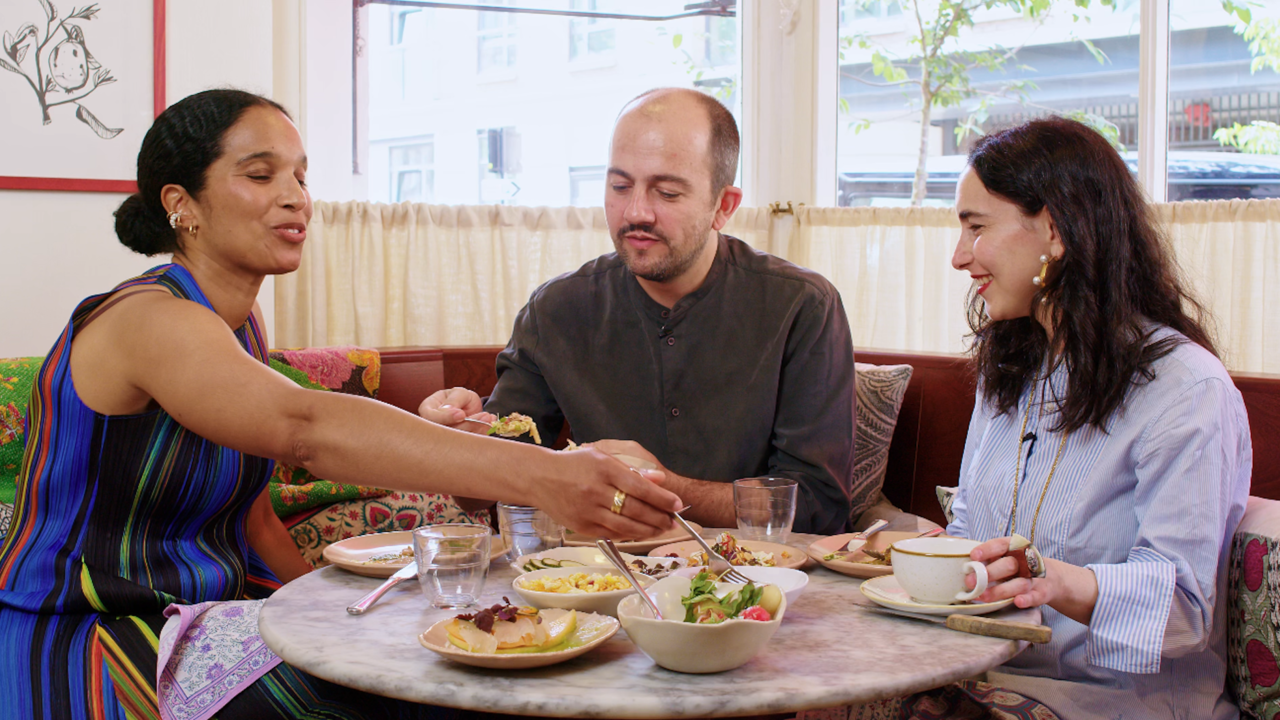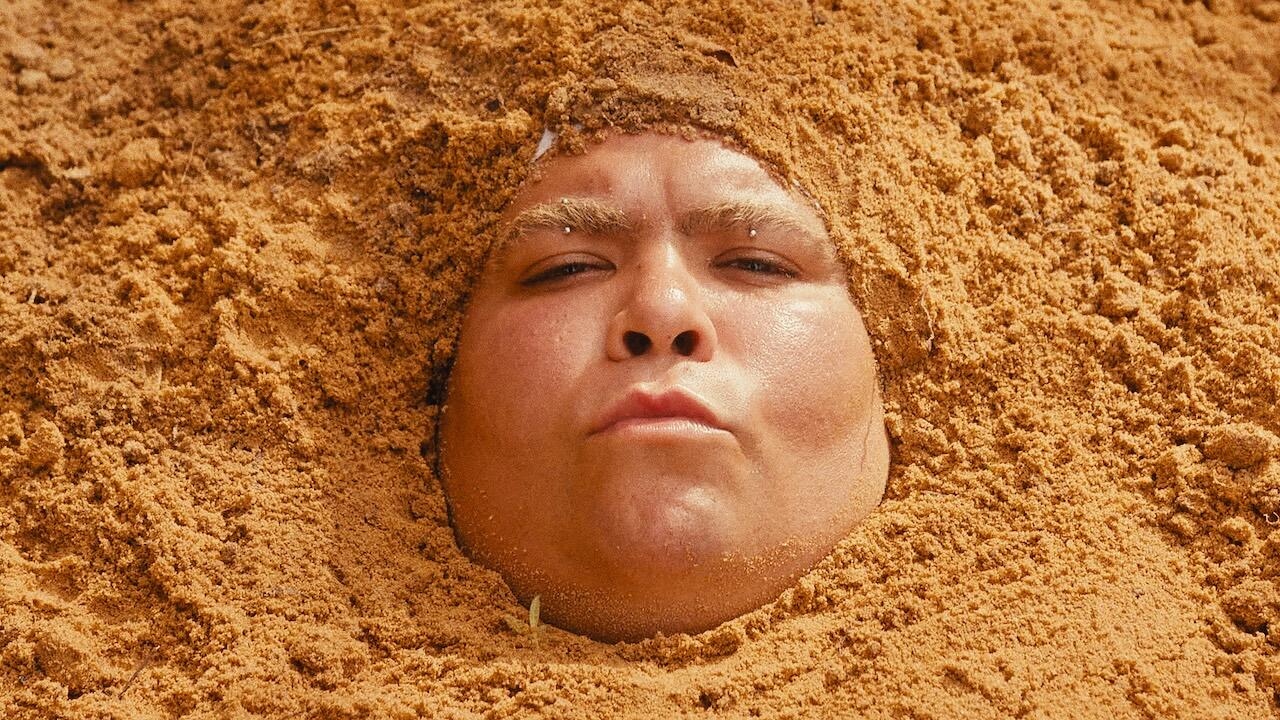In Focus: Redmond Entwistle
Redmond Entwistle on the making of Walk-Through (2012), a film about Michael Asher’s ‘Post-Studio’ class at CalArts.
Redmond Entwistle on the making of Walk-Through (2012), a film about Michael Asher’s ‘Post-Studio’ class at CalArts.

Mike Sperlinger Why did you want to make Walk-Through (2012)?
Redmond Entwistle I was at CalArts in the late 1990s and I sat in on Asher’s ‘Post-Studio’, but I didn’t participate very much – so in some ways making the film was a chance for me to take the class. After making my last film, Monuments (2010), I’d become interested in how discourse functioned, around both the production of art and the production of artists. With Walk-Through I wanted to explore that specifically in relation to my own experiences of the Whitney Independent Study Program and of Asher’s class. I was also aware of the growing status of ‘Post-Studio’; now Asher has stopped teaching, and a number of his students are teaching and making work, the history of that class is being explored and valorized in different ways.
There is this danger though, which I didn’t fully anticipate, of people reading Walk-Through as a portrait of the ‘Post-Studio’ class, whereas I think it’s more a portrait of a fictional space, a non-linear space of memory. There’s more ambiguity in the actual history of the class itself.

MS When did Asher start teaching that class?
RE In 1977. He took over from John Baldessari, who coined the term, but Asher gave it a very different spin. I think for him it was more a question of work that was no longer in the studio and that was in the exhibition space – he was interested in critiquing work as it was meant to be seen by the viewer. So ‘Post-Studio’ with Asher was based on these epic crits of exhibitions, which would sometimes last for 12 hours.
MS Did you interview many ‘Post-Studio’ participants as part of our research?
RE I chose to interview peoplewho were all in ‘Post-Studio’ during the time I was at CalArts, from 1998 to 2000. Then I condensed the interviews and turned the text into dialogue for actors, and had them read the lines in a reconstruction of a gallery at the school that I had aparticularly strong memory of. I also spent time looking through the CalArts archive, and read quite a lot around the school’s history. There’s an excellent book which really informed the film, called Artists in Offices (1979). It was written by the sociologist Judith Adler, who worked at CalArts but became disillusioned and began to see her role as documenting the changes in the school’s ethos. In the film, I streamline all of that into a narrative – a conceit – so that you start with this open institute, a Utopian moment when anything’s possible, and then there’s a slow transformation and compromise of these values, in a way that reflects the wider social shifts from the early 1970s tothe present.
MS Towards the end of the film you include some shots of ucla and uc Riverside, which are institutions with quite different histories.
RE At a particular point it seemed necessary to pull the film back out and hint that CalArts is just a placeholder. Essentially, it’s a film about social reproduction. It’s maybe a hint rather than a fully-fledged observation about the ecology of institutions in Los Angeles, but I wanted to broach broader questions about the marketization of higher education.
MS It’s interesting to think about Walk-Through in relation to the ‘Pacific Standard Time’ project – the big survey of postwar Californianart across 60 galleries and institutions in Southern California that finishedin March this year.

RE A lot of the photographs used in ‘The Experimental Impulse’, a recent show at REDCAT in Los Angeles, are in my film too. And I think ‘Pacific Standard Time’ did have a side which led to the kinds of use of history as cultural capital that I was questioning. One of the things I wanted to do with the film, even its starting point, was to try to understand our obsession – my own included – with these documents of ephemeral practices, and what the nature of this nostalgia is.
MS One of the first speakers in your film describes the ‘Post-Studio’ class as an occupation of the school, which holds it to its word. The language seemsvery loaded, and expands into a largerset of questions ...
RE Yes, in the film I wanted to use the example of these ‘Post-Studio’ conversations to complicate the relationship between speech and democracy – the one-to-one correspondence between how an individual speaks and their political subjecthood, which in Occupy, for example, is held up as a principle. That’s not to say I don’t believe in that principle, but I think it’s moreof a proposition to be aimed forthan something to be assumed.
MS At CalArts there’s also a particular history of filmmaking – with teachers there like James Benning and Thom Andersen – was that something which informed Walk-Through?
RE In a way, I think I’m always trying to make work that I imagine the film department at CalArts would respect, but I just can’t! I keep making these weird, self-reflexive objects that are quite different. I even described Monuments, when I was first making it, as a kind of Benning film in which Robert Smithson wanders into the frame by mistake.
MS What are you working onat the moment?
RE I’m completing the script for a film and sound work on gis and the militant Left around Frankfurt in the mid-1980s. The two central characters are based on us soldiers who encountered and began to make experimental art while in the postwar us army, such as George Maciunas and Ben Patterson, and various memoirs of young women, such as Inge Viett and Birgit Hogefeld, who joined armed groups in Germany in the 1970s and ’80s.























